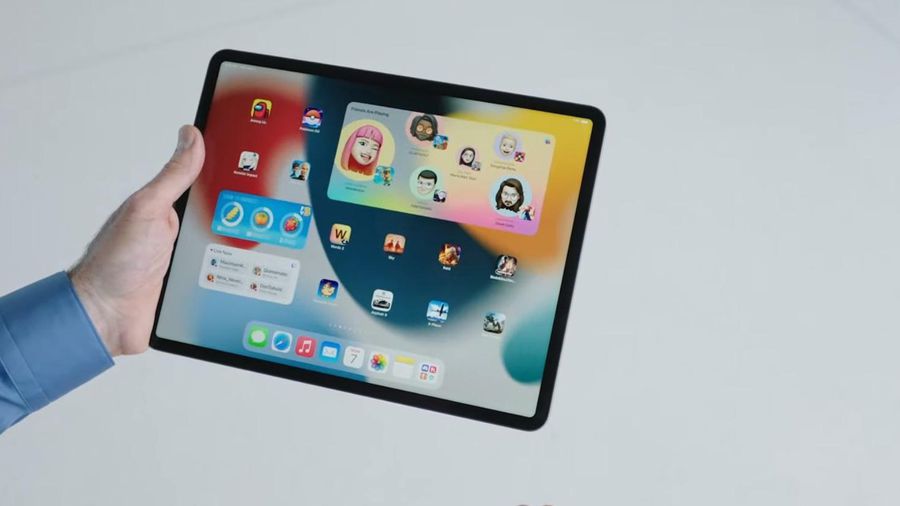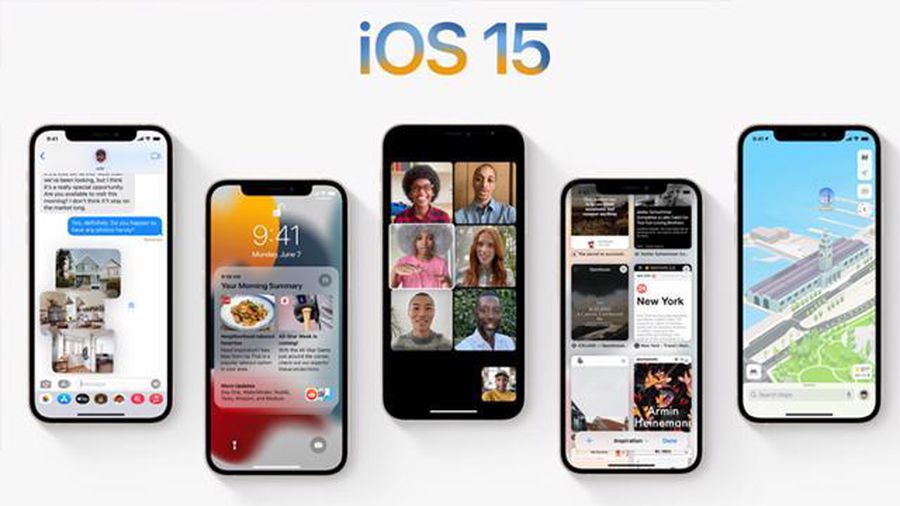Google Workspace adds anti-phishing, client-side data encryption
Google Workspace (formerly G Suite) has just updated its client-side encryption capabilities and added anti-phishing and malware protection on Google Drive. These new additions are part of Google's focus on data security.
Client-side encryption
Google says that Google Workspace uses the latest encryption standards to encrypt data stored or transferred between its facilities. The next big step is that Google Workspace users will have direct control over the encryption keys and identity services they choose to access those keys. This is the encryption option from the client side.
When client-side encryption is enabled, only you and your partners can access your encrypted Google Drive documents. When you want to share access, you'll have to share your encryption key.

This feature will be especially useful to organizations and individuals that often have to store sensitive or confidential data. Google is rolling out a beta version of this encryption feature to Workspace Enterprise Plus and Workspace Education Plus users.
Initially, this feature will support Google Drive, Docs, Sheets, and Slides. After that, it will also support other Google Workspace services like Gmail, Meet and Calendar. To enable client-side encryption, you will also need to select one of the key access service partners (e.g. Flowcrypt, Futurex, Thales or Virtu) for key management and access control.
You can also build or integrate your own encryption key service by relying on an API that Google will roll out later this year.
Anti-phishing and malware features
Google says all Google Workspace customers will benefit from Google Drive's built-in protections that block phishing and malware content. This new feature even has the ability to protect users from internal threats and also from user errors.
In an enterprise environment when these protections are enabled, all suspicious files on Google Drive will be automatically tagged with warnings. A tagged file is only visible to its owner and IT administrators.
As a result, files suspected of containing malicious code will not spread throughout the organization, significantly reducing the number of people affected by a malicious attack via Google Drive.
You should read it
- Google will automatically upgrade free G Suite users to Paid Workspace from May 1, 2022
- How to work with workspace in GNOME
- How to disable automatic workspace in GNOME
- Google begins testing new AI features in Gmail and Docs
- Unique workspace of famous companies
- How to create different workspaces on Opera
- Learn to use lesson 17 computer - Create a safe workspace
- How to return or livestream with Google Meet
May be interested
- New phishing attacks appear to use Google Translate as a disguise
 recently, a phishing campaign to steal google accounts and facebook login information has been discovered using google translate (google translate) as a disguised location on mobile browsers.
recently, a phishing campaign to steal google accounts and facebook login information has been discovered using google translate (google translate) as a disguised location on mobile browsers. - What is Zero-Knowledge Encryption? Why use this type of encryption?
 data breaches are becoming more and more common, so it's essential that you know about the different ways you can protect your valuable information. zero-knowledge encryption is one of the methods that provides superior privacy and data protection.
data breaches are becoming more and more common, so it's essential that you know about the different ways you can protect your valuable information. zero-knowledge encryption is one of the methods that provides superior privacy and data protection. - What is end-to-end encryption? How does it work?
 online privacy is the need of the times. especially when there is a continuous increase in the number of techniques to steal user data.
online privacy is the need of the times. especially when there is a continuous increase in the number of techniques to steal user data. - Google raises data security with 2048 bit encryption
 in a message released on monday, google said it would transfer all certificates to use 2048 bit encryption. the certificates are used to encrypt the communication between the server and the user's web browser.
in a message released on monday, google said it would transfer all certificates to use 2048 bit encryption. the certificates are used to encrypt the communication between the server and the user's web browser. - How to quickly open Google Workspace service on Microsoft Edge
 if you regularly work with google workspace services such as google meet, hangouts, google duo, you can install a support utility to be able to immediately open these services on microsoft edge.
if you regularly work with google workspace services such as google meet, hangouts, google duo, you can install a support utility to be able to immediately open these services on microsoft edge. - Google Workspace is now free for users with a Google account
 workspace is currently free for those with a google account, meaning you don't need a business profile to use the extra features in drive, meet, docs, sheets, and more.
workspace is currently free for those with a google account, meaning you don't need a business profile to use the extra features in drive, meet, docs, sheets, and more. - Google introduced a new email encryption application
 in order to reassure their users about privacy, google has not only released a privacy report but also launched a new full encryption tool.
in order to reassure their users about privacy, google has not only released a privacy report but also launched a new full encryption tool. - Coding is not as difficult as you think
 once you learn and actually try it out for yourself, you will find that encryption is incredibly easy to use and incredibly practical for everyday life.
once you learn and actually try it out for yourself, you will find that encryption is incredibly easy to use and incredibly practical for everyday life. - Top 5 best USB encryption software
 all data needs to be secure - especially with a small usb, which can easily be lost or stolen.
all data needs to be secure - especially with a small usb, which can easily be lost or stolen. - Adiantum, Google's new encryption method helps ensure safety for all Android devices
 with the goal of bringing memory encryption to low-cost android devices while ensuring their performance, google recently officially lost a new encryption method called adiantum.
with the goal of bringing memory encryption to low-cost android devices while ensuring their performance, google recently officially lost a new encryption method called adiantum.










 Microsoft will end support for Windows 10 in 2025
Microsoft will end support for Windows 10 in 2025 iOS 15 allows relatives to inherit data and helps you recover Apple ID password
iOS 15 allows relatives to inherit data and helps you recover Apple ID password Apple does not force iOS 14 users to update to iOS 15
Apple does not force iOS 14 users to update to iOS 15 iPadOS 15 with Widgets and system-wide note support
iPadOS 15 with Widgets and system-wide note support Improvements on the new iOS 15: FaceTime is competitive with Zoom during the Covid-19 season
Improvements on the new iOS 15: FaceTime is competitive with Zoom during the Covid-19 season